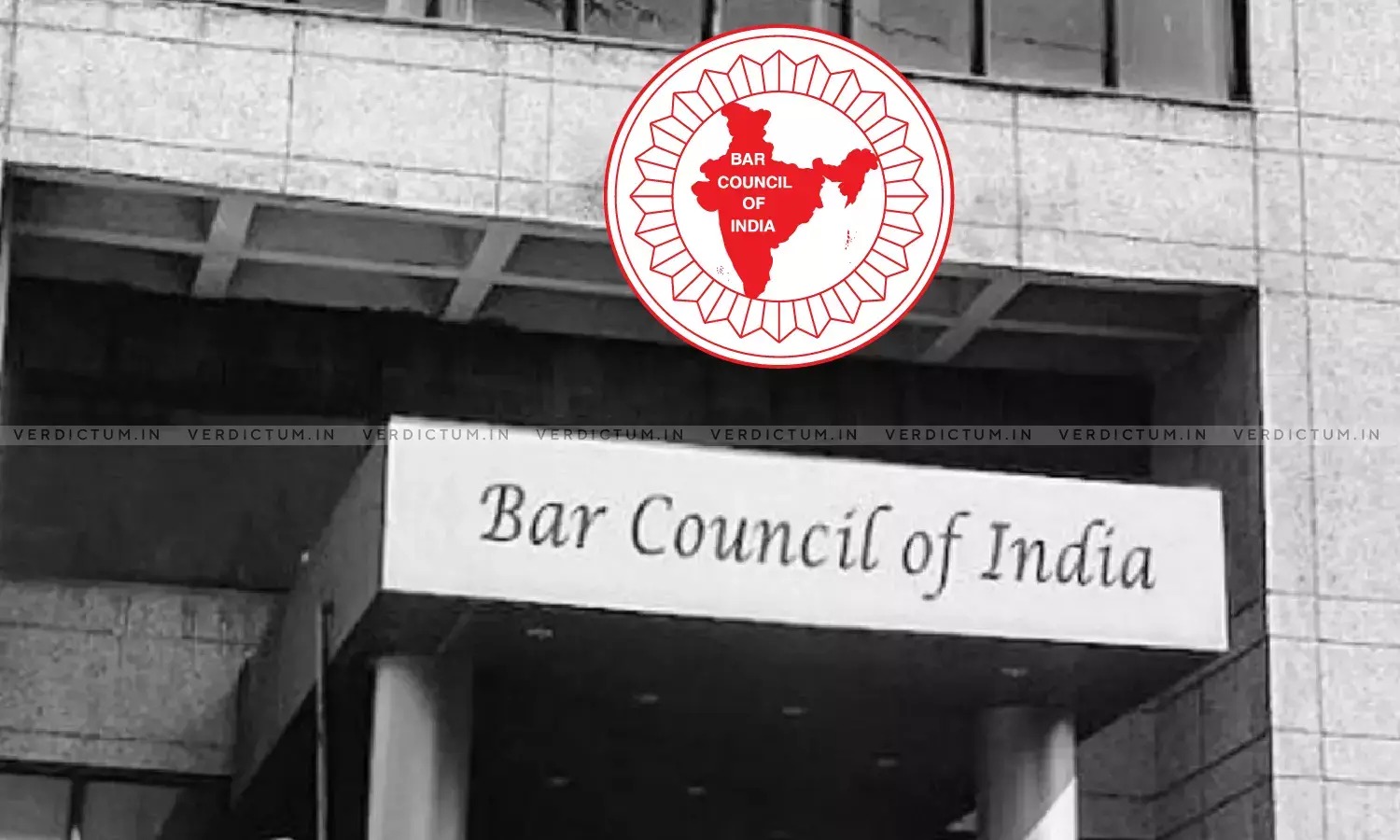Manisana, J.@mdashThe revision petition arises from the order dated 27.9.85 pasted by the learned Munsiff (I), Jorhat in T.S. No. 17 of 1985 refusing to stay further proceeding in the suit during the pendency of Misc. Appeal No. 21 of 1915 in the Court or the Assistant District Judge, Jorhat.
2. The Petitioner instituted Misc. Case No. 10 of 1984 in the Court of the learned Munsiff (J), Jorhat against the Respondents for determination of fair rent u/s 4 of the Assam Urban Areas Rent Control Act, 1972, for short the ''Act''. The learned Munsiff dismissed the petition under/or by an order dated 28.5.1985. Being aggrieved by the order of learned Munsiff. the Petitioner filed Misc. Appeal No. 21 of 1985 which is now pending in the Court of the learned Assistant District Judge, Jorhat. The Respondents restituted T.S. No. 17 of 1985 in (be Court of the learned Munsiff (I) claiming, Inter alia, for eviction of the Petitioner from the said house on the footing that the Petitioner had not paid the rent lawfully due in respect of the house and; or the house is bonafide required by the Respondents. Thereafter, the Petitioner filed 8n application u/s 10, CPC in the Court of the learned Munsiff to stay the hearing of the subsequently instituted T.S. No. 17 of 1985 till the disposal of the said Misc. Appeal No. 21 of 1985. The learned Munsiff by an order dated 27.9.85 rejected the petition hence this revision petition in this Court.
3. Mr. D.C. Mahanta, learned Counsel for the Petitioner submits that the said house is involved in both the suits," and as such, u/s 10, Code of Civil Procedure, the T.S. No. 17 of 1985 is to be stayed. Mr. B.K. Goswami, learned Counsel for the Respondent submits that the proceeding for determination of fair root u/s 4 of the Act is not a ''suit''. Therefore, Section 10, CPC is attracted.
4. The first question for consideration is whether the proceeding u/s 4 of the Act for determination of fair rent is a ''suit''. Suit'' has not, been defined. In
5. Section 10, CPC runs:
No Court shall proceed with the trial of any suit in which the matter in issue is also directly and substantially in issue in a previously instituted suit between the same parties, or between parties under whom they or any of them claim litigating under the same title where suck suit is pending in the sumo or any other Court in India having jurisdiction to grant the relief claimed, or in any Court beyond the limit of India established or continued by the Central Government and having like jurisdiction, or before the Supreme Court.
(emphasis added)
6. Section 10, CPC provides for stay of a subsequently instituted suit if the ''matter in issue'' is directly and substantially m issue in a previously instituted ''suit'' between the same parties. On a plain reading of Section 10, CPC it manifests that Section 10, CPC is attracted only whey the previously instituted proceeding and the subsequently instituted proceeding are suit. In other words, if one is a suit and other is not, Section 10, CPC is not attracted. As already stated above, the proceeding in Misc. case No. 10 of 1985 out of which Civil Appeal No. 21 of 1985 arises is not a suit. Therefore, Section 10, CPC is not attracted in the present case.
7. Even assuming that the previously instituted proceeding u/s 4 of the Act for determinates of fair rent is a suit, Section 10, CPC will not be attracted. The expression ''matter in issue'' occurring in Section 10, CPC refers to the entire subject matter in controversy between the parties sad a mere identity of some of the issues in both the suits is not enough to attract the operation of Section 10, Code of Civil Procedure. There must be a complete identity of the entire matter in both the suits such that the decision in one suits shall affect the decision of the other suit.
8. The point for determination in Misc. Appeal No. 21 of 1985 is what is the fair rent under the relevant provisions of the Act. In T.S. No. 17 of 1985, the point for determination is whether the Petitioners had defaulted the payment of rent and/or the house is bonafide required by the Respondents. In M.M. Chawla v. J.S. Sethi 1969 Hen CR 861 : 1971 Lab IC (N) 11, the Supreme Court has clearly laid down that the prohibition to charge rent of a house at a figure higher than, or in excess of, the standard rent does not apply unless and until the fair rest or the standard rent has been fixed by an order of the competent authority and it becomes effective only from the date is operates and not earlier. Therefore, the onuses of action in the first and the second proceedings are different, and the issue of fair rent will not at all arise in T.S. No. 17 of 1985 and as such, the ''matter in issue'' in T.S. No. 17 of 1985 is not directly or substantially in issue in the previously instituted proceeding i.e. Misc. Case No. 10 of 1984.
9. For the foregoing reasons, the petition is dismissed. No-costs.

